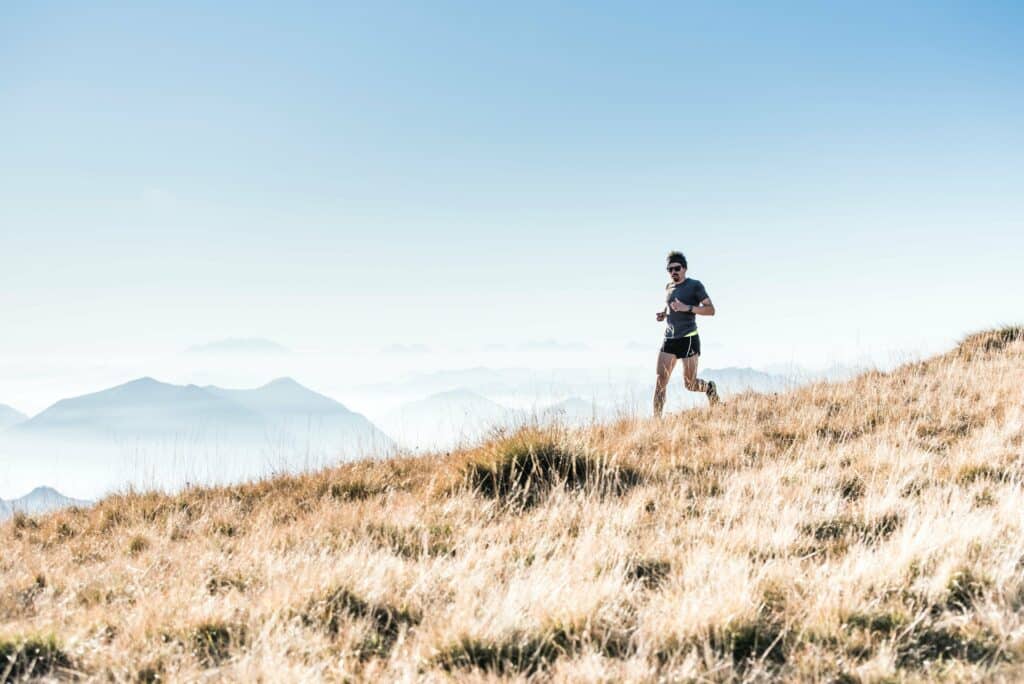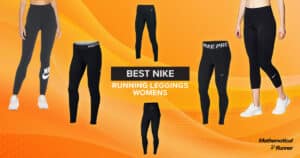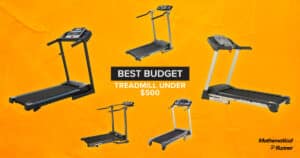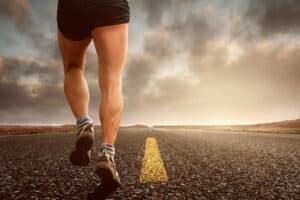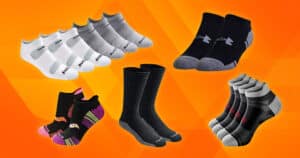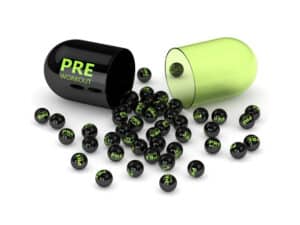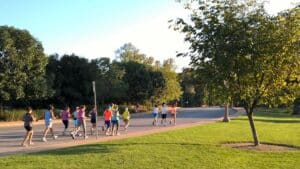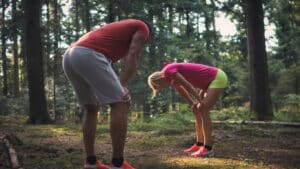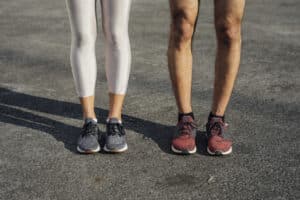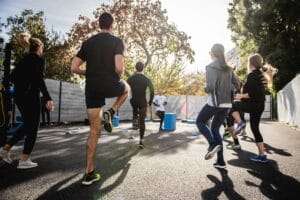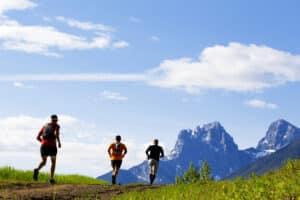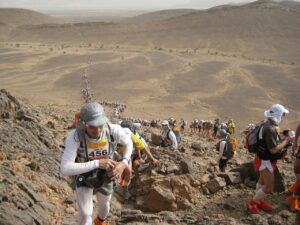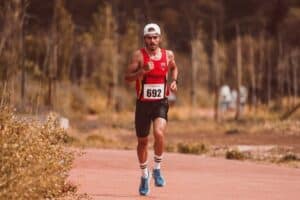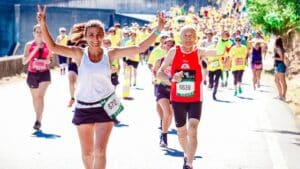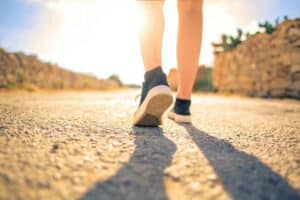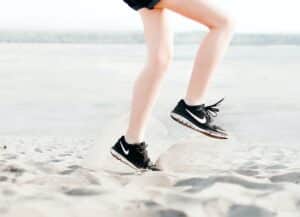It is a painful running experience when you have bunions. But don’t let the bunion pain stop you and keep them from getting worse. Because here we have some tips for running with bunions for you.
A bunion is a foot deformity that is caused by the stressed metatarsophalangeal joint. The first metatarsal points outwards through prolonged stress on this joint, and the big toe moves inwards. Bunions can also appear at the base of the pinky toe, which is known as bunionette.
After all, bunions are not caused by running, but the strenuous activity can cause excruciating pain. Runners with bunion can experience some painful symptoms when the lump starts to rub against the shoes, such as soreness, inflammation, and redness around the feet.
So here we will discuss some common causes and tips for running with bunions followed by some frequently asked questions.
Bunion Symptoms

Whether bunions are caused by genetic predisposition or ill fitted shoes, the symptoms are always the same. Following are some of the signs indicating bunions.
A sizable protruding bulge appears on the base of the big toe, and as it turns inward on the second toe, the bulge can grow larger. As the lump on the big toe grows more prominent, it results in redness and swelling.
Redness and swelling are some of the symptoms associated with bunions. When the protruding lump rubs against the shoe, it begins to irritate. And prolonged rubbing results in redness and, in some cases, swelling. When the metatarsophalangeal joint swells, it makes matters worse as there is no breathing space left for toes inside the shoes.
A localized pain in the feet is another symptom related to bunions. The pain is felt in and around the bunion lump while walking, running, standing or doing any other activity that requires foot pressure.
Limited movement of the big toe happens when the bunion is not taken care of. Although it takes a lot of time to happen, it is the onset of arthritis in joints that creates problems. Bunion and arthritis combined not only are painful but also limit the big toe movement over time if not taken care of properly.
Common Causes of Bunions
Bunions are caused in many ways and can occur in childhood as well in adult life. Bunions can be hereditary and run in generations, as one might notice. In some cases having low arches, flat feet or deformity of the ligaments of the metatarsophalangeal joint can cause bunions.
Other common causes of bunions may include lack of muscle strength, arthritis and wearing a pointed or narrow shoe. The reason why bunions are more common in women than men is due to the fact that women wear tight and high heels.
Just like adults, children can also develop bunions for various reasons. It can be rheumatic arthritis, neurological disorders such as cerebral palsy, or decreased muscle strength due to down syndrome.
The primary cause of bunions other than genetics is the narrow and ill fitted shoes. Most shoes come with a tapered or pointed toe, and the heel is raised slightly. Wearing a shoe with a height difference between the heel and forefoot for many years will shorten the Achilles tendon, which flattens the arch. While the narrow toe box squashes the big toe creating a recipe for a painful bunion.
Do Bunions Go Away?
It would be best to keep in mind that once you get bunions, they are not going away naturally. But runners shouldn’t be alarmed by this as there are ways to reduce the pain associated with bunions.
Even though there are various surgical procedures through which bunions can be treated and removed, it doesn’t guarantee bunion formation in the future. It requires a lot of care to prevent that from happening again.
5 Tips for Running With Bunions
These symptoms and causes of bunions can almost be disheartening for some, especially when one loves running and working out to stay healthy. But as rightly said, “when there is a will, there is a way” similarly, there are ways through which running with bunions is possible. So below are some tips for running with bunions that will make running possible and painless at the same time.
1. Change Your Running Shoe
Running requires a lot of effort, and our feet take all of the pressure during that. When we encounter foot pain while running, we make certain adjustments and try to go with the pain. It might work in the short term, but doing that repeatedly will only make the foot pain chronic. So if you are experiencing chronic foot pain when running, it is time to change your running shoes.
Whether it is the narrow shoe or you are wearing the wrong size, chances are you might develop bunions. And if you already have bunions, then it will be painful for you to run, walk and jump in the wrong shoes as the lump rubs against the surface.
To make your running experience less painful, here are some tips on selecting the right running shoe.
Choose Wider Shoes
Runners with bunion should avoid a narrow shoe at any cost. Most of us always choose tightly fitted shoes throughout our lives. Unfortunately, shoe manufacturers don’t take bunions into consideration while manufacturing.
It is even worse for youngsters as the choices are limited when it comes to wider shoes. It is not until adulthood when the bunions start to develop or are noticeable. Fortunately for adults, more options are available to choose wider running shoes. So selecting a wider running shoe is one of the best ways to relieve bunion pain.
Select a Zero Drop Shoe
A reason for foot discomfort is when you wear a shoe with a significant drop. The drop of a shoe is the difference in height between the heel and the forefront. We can simply put it as the more significant the shoe drop, and you will feel more discomfort in your feet.
The zero drop shoes provide more breathing room for your feet which means less bunion pain. This type of shoe also keeps your foot in a natural position. And suppose you choose a zero drop shoe with a wider toe box. In that case, it is even better to relieve stress from the metatarsophalangeal joint.
Once you have selected the new pair of running shoe with a wider toe box and zero drops. It is not a good practice to immediately start running miles in them, which might result in shoe-related injuries. The best way is to transition your feet into the new shoe environment slowly. And gradually increase your running distance before achieving your regular pace.
Meanwhile, your feet become familiar with your new runner shoe; there is another trick that could save you from potential bunion pain. While tying your shoelaces, simply bypass the first eyelet on the side of the big toe. This method will create more room for the bunion and take much pressure away from it. For more details, read this article Best Running Shoes for Bunions 2024
2. Toe Spacing Technique
Toe spacers are a kind of braces that can reduce bunion pain by bringing back your toe joints to natural alignment. This technique gradually works and can be used for half an hour every day for better results. But you should note that prolonged use of toe spacers can lead to joint pain.
Despite mixed reactions from experts, the toe spacers seem to reduce bunion pain to some degree and are used by many. While wearing the toe spacers, the ligaments start to shift and move around when walking or running. But the ligaments don’t permanently remain in that same position as the toe spacer is only a temporary corrective effort to reduce pain for runners with the bunion.
The toe spacer users who believe it works to reduce bunion pain list three benefits of using it.
- It improves balance and stability by aligning the toes.
- Foot and lower leg muscles are strengthened.
- It helps reduce bunion pain and provides proper foot functioning.
3. Massage Therapy
To reduce bunion pain, massage therapy can be of help. The best part of bunion massage therapy is that you don’t require to see a professional therapist if not necessary and can do it by yourself. Here are some massage techniques step by step to reduce bunion pain.
First Method
This method is used for the flexibility of the big toe joint. The ligaments of the big toe joints will move around during the massage and get used to the movements to reduce bunion pain. Following are some steps for massaging your feet using the first method.
- First of all, grab your big toe with a bunion beneath the toenail.
- Start pulling your big toe away from the other toe, and by doing that, there will be a slight feeling of pressure. You should hold it in this position for 5-10 seconds.
- Now push down your big toe while keeping it away from the second toe and hold it for 5 seconds.
- Pull your big toe upwards and hold it for 5 seconds during this step.
- Return to the starting position and gently massage your big toe using your thumb from the top of the nail to the base and repeat that for 30 seconds.
- You can repeat this whole procedure for as long as you are free to do that.
Second Method
This method relieves the pressure from the stressed ligaments and muscles inside the foot.
- Bend your knee in a sitting position and cradle it in place.
- Start rubbing the underside of your foot from the arch to the ball using your thumb.
- Repeat this process by increasing pressure under the ball of your foot.
- Now massage the bunion and circle your thumb around it towards the bottom of your big toe.
- You can repeat this process as much as you can in your free time to relieve the stress from your foot muscles and ligaments.
4. Protective Pads and Orthotics
Some might suggest going sockless to reduce the friction between the painful bunion and shoe surface. But going totally sockless can also be uncomfortable for some. So the protective pads can be of help to reduce friction that causes redness and swelling in your foot affected by the bunion.
The gel based and moleskin protective pads can easily fit wide toe box shoes. These types of protective pads will reduce pressure and friction on the bunion, allowing you to run without experiencing pain. You should note that using medicated pads can damage the skin as they contain acids.
Apart from using protective pads, orthotics can also help in reducing bunion pain. Orthotics are special insoles made to support abnormal foot movement. Not every orthotic is made the same way and uses different materials. It can provide cushioning for extra comfort and reduce the risk of forming bunions or reduce the foot pain caused by bunions.
The orthotics aim to give you proper foot alignment, and thus the movement becomes much better. Another advantage of orthotics is that you can get a custom pair of orthotics built according to your requirements.
5. Limit Overpronation
Overpronation is a condition in which your foot moves inwards too much while running or walking. You may not put too much thought into how your feet hit the ground when walking or running, but it can affect your health after all.
When you overpronate, the outer edge of your heel hits the ground first, which makes your feet roll inwards on the arch. The problem with pronation is that it results in flat feet, so you are overly flattening your feet without noticing if you overpronate. It also puts extra pressure on your big toe, and having bunions can further exaggerate the pain.
Among other ways to prevent overpronation, the most common way to overcome that is by adding some form of arch support in your running shoe. You can either get an arch support of the shelf or have one tailor made according to your foot measurements for a perfect fit. Once you start using arch support, the pressure from your big toe will be elevated, and you will have a pain free running experience.
The above mentioned tips are in pursuance of an effort to reduce pain for runners with bunion. If these efforts don’t bear any fruit and you want a radical change then you can go for a bunion corrective surgery or bunionectomy. Let’s have a look at what bunion surgery is and is it worth it.
Bunion Surgery
Bunion surgery should be considered as a last resort or in very extreme cases. It involves undergoing a lengthy procedure that requires cutting and removing the bunion lump or correcting the alignment of the metatarsophalangeal joint. Not only does it require longer to rehabilitate but also strict care is needed in the postoperative period.
There are various types of bunion surgeries, out of which the most common one is through which the muscle between the big toe and second toe is severed. The less severe form of surgery is known as a bunionectomy, by which the bony lump is removed. The recovery time depends on the type of surgery, and usually, it takes from 5 weeks to a year to make a full recovery.
In the postoperative period, extreme care is required so that the bunion doesn’t come back. It is recommended not to use a narrow shoe; instead, a running shoe with a wide toe box and zero-drop is perfect. All the instructions from the doctor should be followed strictly, and don’t start walking until advised so.
Frequently Asked Questions
Here are some frequently asked questions by runners with bunion and might want to ask the same from their doctor or podiatrist.
In simple words, “NO” running doesn’t cause bunions. But if they are starting to develop, running might accelerate the development and cause pain only if the runner is wearing the wrong shoes or has a flat foot. Bunions begin to grow due to the structure of the feet, which is hereditary due to an injury, wearing a narrow shoe or onset of arthritis.
Although bunions are not caused by running, if you already have them, then running might worsen them. The stress caused by running on the forefront of the foot is unavoidable and makes a bunion even worse. And the constant friction of the bunion on the inside of the shoe is also painful.
Yes, transitioning from a narrow shoe to a wider toe box shoe will help significantly in the running with bunions. Most people get bunions due to wearing narrow or ill-fitted shoes, especially women. By wearing wider shoes, runners with a bunion can experience less pain and usually continue their workout and running routine.
Although bunions can be removed naturally, surgery should be kept as a last resort option. There are various surgical procedures to remove bunions and correctly align the toe joint ligament. The recovery from bunion surgery depends on the process, and strict care is required to prevent them from forming again.
Yes, most definitely, you can run with your bunions as long as they allow you to run before the onset of pain or discomfort. You can also run without bunion pain by following the tips mentioned above.
Conclusion
To sum it up, we can conclude that there is no natural way to prevent bunions from forming. But at least there are ways to relieve the bunion pain by wearing wide shoes, massaging, using toe spacers, using protective pads or orthotics and limiting the overpronation. Meanwhile, the only way to remove bunions is surgery, but it should be the last option. So we hope that our tips for running with bunions will keep you on the go without any pain or discomfort.

